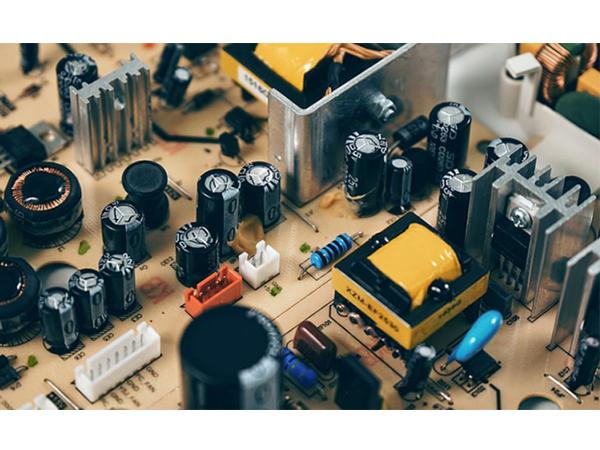What are the basic principles and processes of laser welding for electronic components?
Date:2024-09-20 14:00:00 Views:1837
Electronic componentsLaser welding(Laser Welding)It is a technology that uses a laser beam as a heat source for welding. This method has high precision and efficiency, and is suitable for soldering small electronic components. The following are the basic principles and processes of laser welding:

principle
1. Laser generation:
- Laser produces high-intensity laser beams, usually in the form of continuous waves or pulse waves. The wavelength of the laser can be selected based on the characteristics of the material.
2. Beam focusing:
- The laser beam is focused onto the welding area through an optical system (such as a lens), forming a very small focal point. The focused laser has a very high energy density, which can quickly heat the welding material.
3. Material heating:
- The temperature at the focal point rapidly increases, reaching the melting point of the material or higher, causing the material at the welding site to melt. The energy of laser can be effectively absorbed by materials such as metals, forming a molten pool.
4. Welding process:
- As the laser beam moves along the welding path, the molten pool gradually forms and cools, eventually solidifying to form the weld seam. Due to the high concentration of the laser beam, the welding process can be controlled very accurately.
5. Gas protection:
- In some cases, protective gases such as argon or nitrogen may be used during the welding process to prevent oxidation of the welding area and ensure welding quality.
advantage
- High precision: Laser welding can achieve micrometer level precision, suitable for welding small components.
- Small heat affected zone: Due to the extremely small heating area of laser welding, the heat affected zone(HAZ)It is also very small, which helps reduce thermal damage to surrounding materials.
- Fast welding speed: Laser welding has a fast speed and is suitable for large-scale production.
- High degree of automation: Laser welding is easy to integrate with automated equipment, improving production efficiency.
application
- Electronic components: used for soldering micro electronic components, such as integrated circuits(IC)Sensors, etc.
- Optoelectronic devices: Laser welding is also widely used in the manufacturing of optical fibers and lasers.
- Medical equipment: used for welding medical devices and instruments to ensure their sealing and reliability.
conclusion
Laser welding is an efficient and precise welding technique suitable for welding electronic components. Its principle is based on the high energy density and concentration of lasers, which can achieve high-quality welding results. With the development of laser technology, the application of laser welding in the field of electronic manufacturing will become increasingly widespread.




 Weixin Service
Weixin Service

 DouYin
DouYin
 KuaiShou
KuaiShou





















